- News
- Reviews
- Bikes
- Accessories
- Accessories - misc
- Computer mounts
- Bags
- Bar ends
- Bike bags & cases
- Bottle cages
- Bottles
- Cameras
- Car racks
- Child seats
- Computers
- Glasses
- GPS units
- Helmets
- Lights - front
- Lights - rear
- Lights - sets
- Locks
- Mirrors
- Mudguards
- Racks
- Pumps & CO2 inflators
- Puncture kits
- Reflectives
- Smart watches
- Stands and racks
- Trailers
- Clothing
- Components
- Bar tape & grips
- Bottom brackets
- Brake & gear cables
- Brake & STI levers
- Brake pads & spares
- Brakes
- Cassettes & freewheels
- Chains
- Chainsets & chainrings
- Derailleurs - front
- Derailleurs - rear
- Forks
- Gear levers & shifters
- Groupsets
- Handlebars & extensions
- Headsets
- Hubs
- Inner tubes
- Pedals
- Quick releases & skewers
- Saddles
- Seatposts
- Stems
- Wheels
- Tyres
- Health, fitness and nutrition
- Tools and workshop
- Miscellaneous
- Tubeless valves
- Buyers Guides
- Features
- Forum
- Recommends
- Podcast
review
£74.99
VERDICT:
Comfortable and well-vented sport helmet with an interesting extra layer of protection
Weight:
261g
Contact:
At road.cc every product is thoroughly tested for as long as it takes to get a proper insight into how well it works. Our reviewers are experienced cyclists that we trust to be objective. While we strive to ensure that opinions expressed are backed up by facts, reviews are by their nature an informed opinion, not a definitive verdict. We don't intentionally try to break anything (except locks) but we do try to look for weak points in any design. The overall score is not just an average of the other scores: it reflects both a product's function and value – with value determined by how a product compares with items of similar spec, quality, and price.
What the road.cc scores meanGood scores are more common than bad, because fortunately good products are more common than bad.
- Exceptional
- Excellent
- Very Good
- Good
- Quite good
- Average
- Not so good
- Poor
- Bad
- Appalling
Scott's Arx Plus helmet takes the sport-level Arx helmet and adds another layer of protection in the form of an MIPS system that's designed to reduce the rotational impact on the brain if you do come off your bike.
Find your local dealer here
Buy this online here
What is MIPS?
MIPS stands for Multi-directional Impact Protection System. Basically it's a low-friction layer that sits between your head and the shell of the helmet, allowing the shell to move relative to your head while it's soaking up an impact. One of the main arguments you'll hear against the use of a helmet is that it can increase the incidence or severity of rotational injuries in a collision. MIPS is designed to mitigate against that. Here's a handy video to explain...
Testing standards in cycle helmets almost exclusively concentrate on dropping stuff onto the helmet, or dropping the helmet onto stuff. These are straight impacts, but in the real world of messy on-road impacts the reality is that you're moving, and the impact will be at an angle. Your brain is surrounded by a layer of fluid that allows it to move inside your skull without damage; the MIPS system is designed to mimic the brain's own protection. It's tested to the usual EN1078 standard too, so if you do land straight on your head it offers the same level of protection as the other helmets out there.

Apart from the MIPS layer it's a pretty standard construction: in-molded shell, EPS foam protective layer, 22 vents, a micro-adjust retention system with three height positions, and a webbing strap with adjustable dividers. At 261g it's neither especially light nor especially heavy. The MIPS layer adds about 20g, and £15, to the cost over the standard Arx.
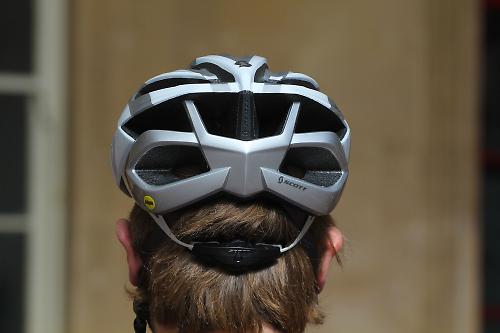
It's a pretty comfortable helmet and one that feels secure on the head. The microfibre pads aren't deep but they're in the right place, and the two rubber pads on the retention system keep the Arx Plus snug around the back too. I found the lowest position on the cradle to offer the best fit.
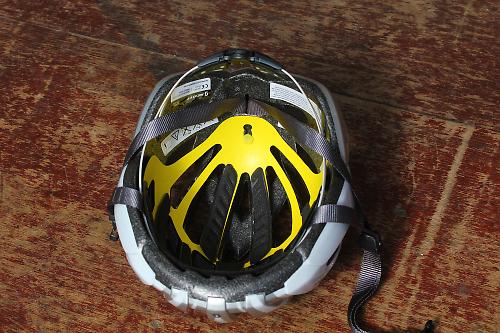
The MIPS layer is attached to the shell with rubber bungees and is fairly easy to move around when you're not wearing the helmet. Once it's on and done up nice and snug it doesn't feel any less secure than a standard helmet. You can normally move a helmet about a fair bit, even with the straps quite tight, and that's the case here. The difference in an impact is that the MIPS layer is designed to allow some movement, even when a considerable force is applied; normally, the force of an impact and the friction between the pads/shell and your head do a decent job of keeping a helmet stuck in one place in a collision.
Does it work?
Well, here's the caveat: I haven't crashed my bike in identical collisions, in MIPS and non-MIPS helmets, while hooked up to a CT scanner. So it's hard for me to have an objective opinion about whether the MIPS layer does what it's designed to do. The video above shows it working in a lab test, and also the results of Scott's own testing, which suggest a reduced impact on the brain compared with a standard helmet. That's more than we get most of the time with helmets; a sticker that says it's passed EN1078 is all I'd normally expect. Personally, I'm pleased that Scott have done the work to incorporate MIPS (they've been working with it for a number of years) because they think it's a worthwhile addition rather than because it's a requirement. Too many helmet manufacturers are designing their lids to pass the standard tests instead of thinking about what happens in a real-world collision. More of this please.
It's a good helmet too: comfortable and well vented. I've worn it for everything from commuting to racing and most of the time not given it a second thought. It's best with a cap underneath when it's cold thanks to the generous venting. When the temperature rises those same vents do a good job of stopping your noggin from overheating, and the continuous frontal pad keeps the worst of the sweat out of your eyes.
There are plenty of well-made helmets in this price range, but the Scott Arx Plus certainly warrants your consideration. It'll be interesting to see which other manufacturers look at the MIPS system as an addition to rider safety in a collision.
Verdict
Comfortable and well-vented sport helmet with an interesting extra layer of protection
road.cc test report
Make and model: Scott Arx Plus Helmet
Size tested: Scott Arx Helmet Plus (ce) White , Medium
Tell us what the product is for, and who it's aimed at. What do the manufacturers say about it? How does that compare to your own feelings about it?
Scott say: "Ultimate safety meets style and comfort. The new SCOTT Arx Plus helmet is our first road helmet featuring the MIPS Brain Protection System, bringing an extra dimension of safety to road riders. All of the lessons learned from our top road helmets have trickled down to this great all-rounder. The new Arx Plus, designed for racers and enthusiasts alike"
Tell us some more about the technical aspects of the product?
Construction
In-Mold Technology
PC Micro Shell
Fit system
MRAS2
Features
MIPS Brain Protection System
Optimized Venting
Adjustable Cam Dividers
Sizes
S, M, L
Weight
260g size M
Rate the product for quality of construction:
8/10
Rate the product for performance:
8/10
Rate the product for weight, if applicable:
8/10
Rate the product for comfort, if applicable:
8/10
Rate the product for value:
7/10
Tell us how the product performed overall when used for its designed purpose
I didn't deliberately crash so it's hard to objectively measure its performance in that regard. But it's a well-made and comfortable helmet.
Tell us what you particularly liked about the product
Good to see a manufacturer trying to improve helmet design instead of just designing to the standard tests.
Did you enjoy using the product? Yes
Would you consider buying the product? Yes
Would you recommend the product to a friend? Yes
Anything further to say about the product in conclusion?
Deserves your consideration because it goes over and above the current standards to try to improve safety. Hard to objectively test, of course.
About the tester
Age: 42 Height: 189cm Weight: 91kg
I usually ride: whatever I'm testing... My best bike is: Kinesis Tripster ATR
I've been riding for: Over 20 years I ride: Every day I would class myself as: Experienced
I regularly do the following types of riding: road racing, commuting, club rides, sportives, general fitness riding, fixed/singlespeed, mtb, Mountain Bike Bog Snorkelling, track
Dave is a founding father of road.cc, having previously worked on Cycling Plus and What Mountain Bike magazines back in the day. He also writes about e-bikes for our sister publication ebiketips. He's won three mountain bike bog snorkelling World Championships, and races at the back of the third cats.
Latest Comments
- alexuk 2 sec ago
Boardman is the boss. Would be a fabulous Mayor for London I'm sure. Just imagine the potential for transformation.
- chrisonabike 1 min 57 sec ago
Newspapers? Fake news! "Drives clicks / online visits for the advertisers" more like?
- brooksby 4 min 31 sec ago
Titanic? I liked the Aliens reference, myself (and the Welcome signs on the border between Gods Own County and the Other Place...)
- don simon fbpe 33 min 2 sec ago
I couldn't agree more, once the debt has been repaid, there's no place for holding a grudge and if the rider wants a career in cycling after a ban,...
- chrisonabike 57 min 38 sec ago
RE: disqualified driver hits garden wall. Was going to post that but:...
- chrisonabike 1 hour 50 min ago
Disappointing comment - are you not aware of hi-vis?...
- chrisonabike 1 hour 59 min ago
At least we've all agreed contributions have reached 6th-form level; an improvement on the year's one-hit wonders?
- lonpfrb 13 hours 5 min ago
PCCs are an attempt to provide Legitimacy by connecting an elected representative to the oversight of Policing. Thus voter surveys to sample...
- ktache 13 hours 53 min ago
Mine tend to get knocked by the chaining of the bicycle, then fall off later. To be found next time I use the light. Some crushed.





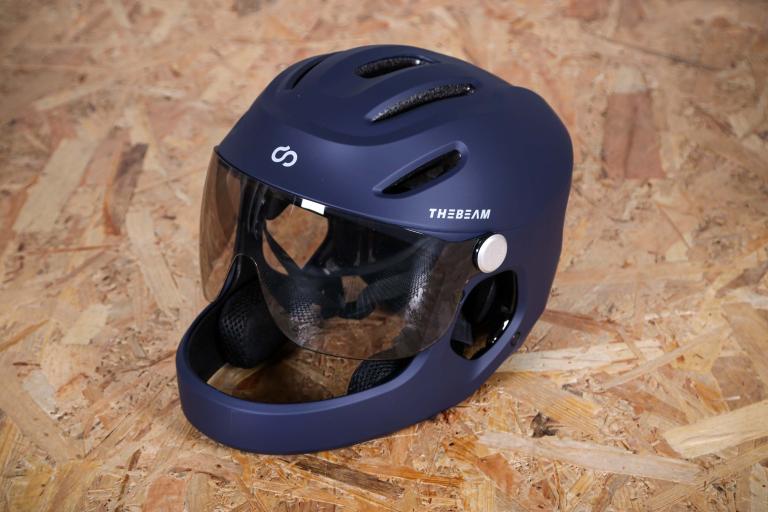
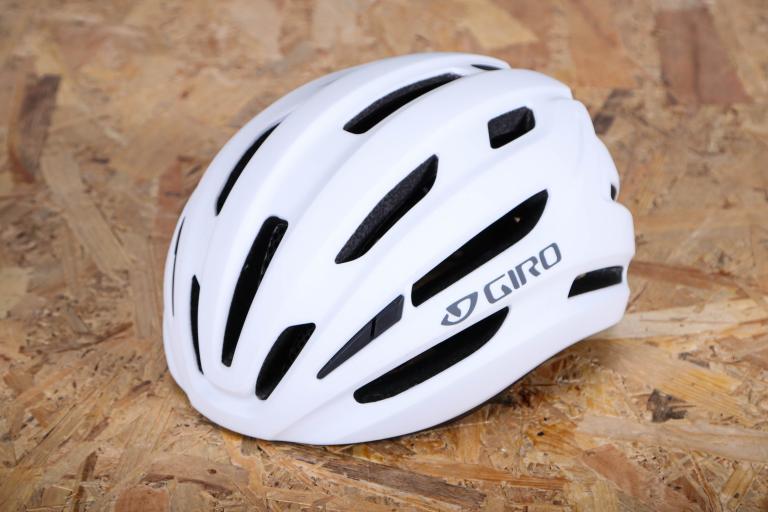
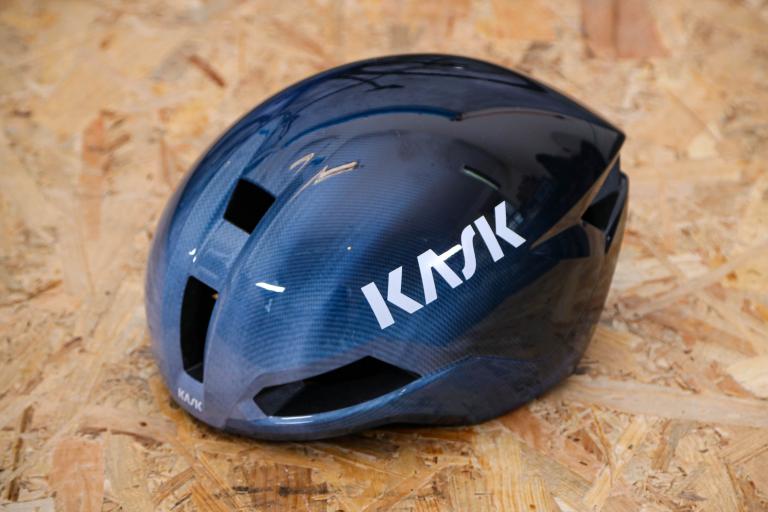
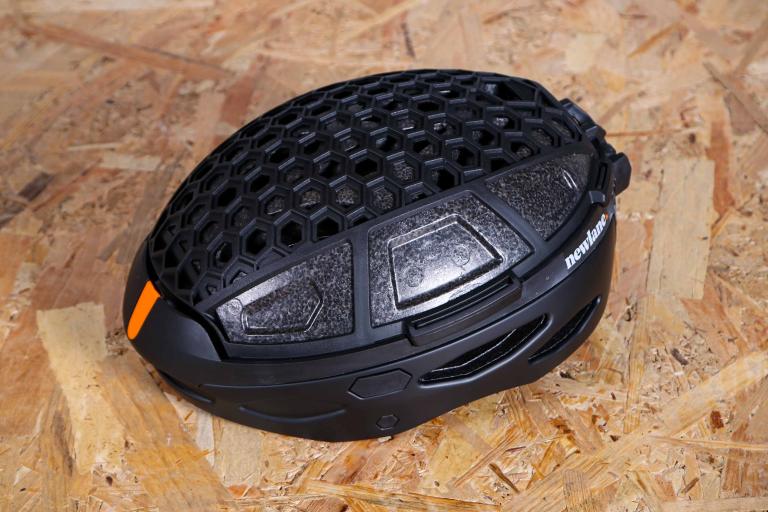
Add new comment
3 comments
You've used that guy to model other helmets before, and they all seem to sit on his head very high.
Maybe time to get Jennifer Aniston in to do the modelling. I hear her film careers not up to much at the moment, so she might like the work.
In the first photo the straps are either badly adjusted or are simply ill fitting.
It sits very high on your model's head, not convinced it will offer optimal protection.